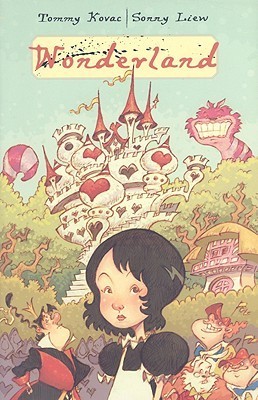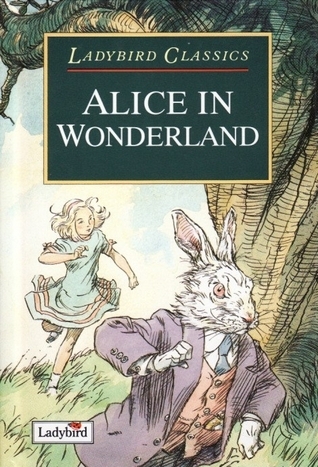
Wonderland
Book Description
Welcome to a world where reality bends and hope flickers like a dying flame. In "Wonderland," Tommy Kovac weaves a spellbinding tale of resilience and betrayal, where ordinary lives spiral into chaos as secrets unravel beneath the surface. Tensions mount between friends and foes as they navigate a labyrinth of twists and turns, each revelation drawing them deeper into a dangerous game where trust is a luxury and survival is uncertain. As alliances shift and the stakes climb higher, can they find their way back home before it’s too late? What hidden truths lie waiting in the shadows of this enchanting nightmare?
Quick Book Summary
"Wonderland" by Tommy Kovac is a visually mesmerizing graphic novel that takes inspiration from Lewis Carroll's whimsical world, reimagining it through a darker, more mysterious lens. The story follows a misfit cast thrown into chaos as Wonderland itself threatens to unravel. With reality constantly shifting and alliances prone to betrayal, the characters must rely on wit and resilience to survive treacherous landscapes and enigmatic adversaries. Kovac deftly explores themes of identity, trust, and transformation as secrets come to light, forcing each character to confront their past and their place within this unpredictable realm. Vibrant illustrations and a nuanced narrative make "Wonderland" both enchanting and haunting, ultimately asking what it means to find hope when reality itself is uncertain.
Summary of Key Ideas
Table of Contents
Resilience Amidst Chaos
From the opening pages of "Wonderland," readers are plunged into an alternate version of Lewis Carroll’s classic world, where uncertainty reigns and darkness threatens to overtake whimsy. The story centers on an eclectic group, each marked by their own insecurities and ambitions, as they attempt to make sense of a Wonderland spiraling further into madness. Resilience quickly becomes key, with each character facing trials that test their strength and resolve. The vivid artwork complements the unpredictability of their surroundings, illustrating the constant tension between hope and despair.
Unraveling Secrets and Hidden Truths
Deep beneath Wonderland’s surface, secrets smolder, shaping the characters’ destinies and driving the plot forward. Kovac masterfully portrays the unraveling of mystery, from the Queen’s cryptic motivations to the hidden pasts of the protagonists. As truths emerge, every revelation reverberates, forcing both characters and readers to reassess what they know. The unmasking of these secrets acts as a catalyst, propelling the cast into ever-more challenging dilemmas and exposing the fragility within apparent certainties.
The Fragility of Trust and Friendship
Elsewhere, the bonds between friends and foes ebb and flow as alliances are tested by suspicion and necessity. Trust is portrayed as a mutable commodity, easily broken by betrayal or re-forged in the fires of adversity. Friendships are forged through shared adversity, while betrayals carve rifts that threaten survival. Kovac uses this uncertainty to explore the painful consequences of misplaced loyalty, as well as the strength found in forming new, sometimes unlikely, partnerships under duress.
Shifting Realities and Identity
A constant, dizzying element throughout the novel is the fluidity of Wonderland itself, with reality bending at every turn. Characters grapple with shifting landscapes and changing rules, forcing them to question their own identities and what is real. Through these challenges, the novel interrogates the notion of self in a world that refuses to stay still. Personal growth emerges from grappling with the unknown, as characters learn to adapt and embrace their shifting realities.
Navigating Betrayal and Hope
In the face of mounting tension and danger, hope becomes the thread that ties the story together. While betrayal and despair are ever-present, the determination to persevere and find a way home sustains the characters. As the adventure draws to a close, Wonderland stands as both a nightmare and a place of possibility—reminding readers of the power within themselves to face the darkness, trust again, and find the light even when all hope seems lost.
Download This Summary
Get a free PDF of this summary instantly — no email required.





